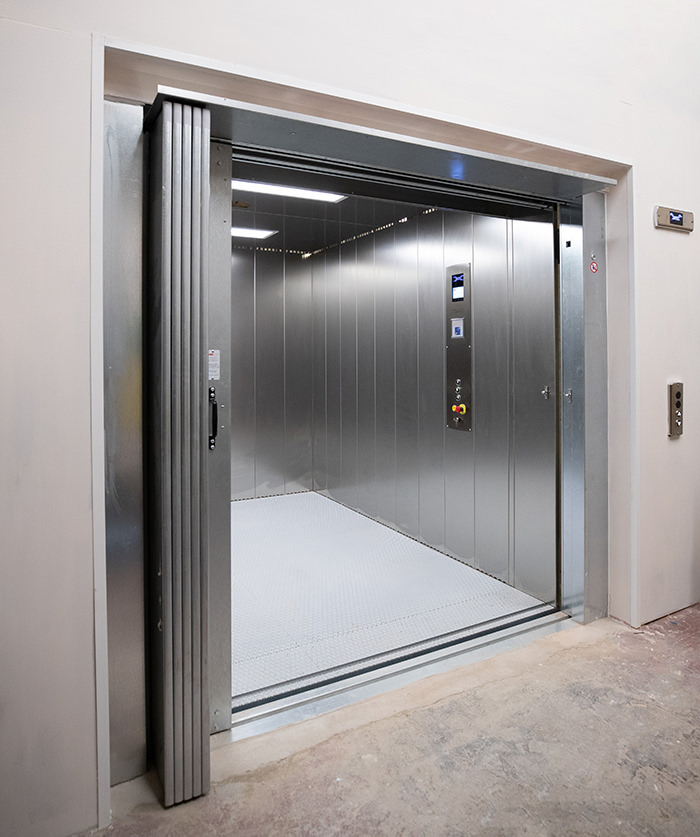Economical Lift Repair Near Me: Specialist Professionals at Your Solution
Economical Lift Repair Near Me: Specialist Professionals at Your Solution
Blog Article
Delving Into the Globe of Lifts: Common Issues Encountered by Numerous Lift Devices
As we navigate through the upright transport systems of contemporary structures, lifts attract attention as a crucial component of our day-to-days live. Nevertheless, behind their seamless operation exists a globe of complex mechanisms that can often run into difficulties. From hydraulic lifts to grip systems and machine-room-less layouts, each lift type includes its set of usual concerns. Comprehending these obstacles is essential for making certain the smooth performance of these important systems. Allow's check out the intricacies that underlie the operation of elevators and the possible concerns that can develop, shedding light on the complex internet of lift mechanisms.
Hydraulic Lifts
Hydraulic elevators, commonly liked for low-rise buildings, use fluid stress to control the movement of the lift vehicle (lift repair companies). This device involves a hydraulic pump pushing oil into a cylinder, triggering the elevator to move in the wanted instructions. While hydraulic lifts are known for their smooth and silent operation, they do feature their very own set of common problems
One prevalent trouble with hydraulic lifts is oil leak. The seals in the hydraulic system can wear with time, leading to oil infiltration. If left unaddressed, this not only creates a mess however can likewise influence the elevator's performance. Furthermore, concerns with the control system, such as malfunctioning valves or a malfunctioning pump, can create disruptions in the elevator's movement.
Normal upkeep and prompt fixings are important to guarantee the smooth functioning of hydraulic elevators. By addressing these common issues proactively, structure owners can lessen downtime and make certain the security and effectiveness of their vertical transportation system.
Traction Elevators
When considering vertical transport systems in structures, one more common type in addition to hydraulic elevators is the traction lift. Grip elevators run using a system of ropes and counterweights that relocate the lift automobile by gripping onto the hoist ropes. This system permits smoother and faster vertical transport contrasted to hydraulic systems.
Among the typical concerns dealt with by traction lifts is rope wear. The constant motion of the ropes within the grip system can cause tear and use gradually, potentially triggering the lift to breakdown or end up being dangerous for usage. Normal assessments and upkeep of the ropes are important to make sure the lift's proper functioning and security.
An additional problem that traction elevators may come across is connected to the control system. Problems with the control system can lead to issues such as unpredictable movement, delays in action times, or even total closures. Routine testing and maintenance of the control system are vital to stop such concerns and guarantee the elevator's dependability.
Machine-Room-Less (MRL) Lifts

One of the vital parts of MRL lifts is the small gearless grip equipment that is installed within the hoistway. This maker successfully drives the lift vehicle without the demand for cumbersome equipment found in traditional traction elevators. In addition, MRL elevators generally make use of a counterweight system to balance the vehicle, further enhancing their energy performance.
In spite of their advantages, MRL elevators may encounter obstacles associated with upkeep and repair work because of the restricted room for equipment setup. Access for servicing components within the shaft can be limited, needing specialized training for technicians. Appropriate maintenance schedules and regular inspections are important to ensure the ongoing smooth procedure of MRL elevators.
Overloading and Weight Limitation Issues
Are lifts geared up to manage excess weight tons successfully and securely? Straining and weight restriction problems are critical worries in lift procedures. Elevator suppliers design lifts with particular weight capabilities to ensure passenger security and equipment long life. Going beyond these weight restrictions can result in various problems, including mechanical failures, hold-ups, and safety and security threats.
When lifts are overloaded, it places excessive strain on the motor, cables, and various other elements, possibly causing breakdowns or breakdowns. london lift company Safety systems such as sensors and overload sensing units remain in place to stop lifts from relocating if they discover excess weight. In addition, surpassing weight limits can lead to boosted energy consumption and damage on the elevator system.
To mitigate overwhelming issues, constructing managers need to prominently display weight restrictions in elevators and enlighten residents on the importance of sticking to these restrictions - lift repair companies. Routine upkeep checks by qualified specialists can also assist make certain that lifts are running within risk-free weight specifications. By dealing with overloading and weight limitation problems proactively, building owners can enhance elevator safety and performance
Electric System Failings
Exceeding weight limitations in elevators can not only lead to mechanical concerns but also disabled platform lifts prices uk possibly contribute to electric system failings within the lift facilities. Electrical system failures are an important concern in lift operation, as they can cause unanticipated shutdowns, breakdowns, or even safety and security hazards.
Routine maintenance and examinations are vital to recognize and attend to prospective electrical problems promptly, guaranteeing the risk-free and efficient operation of elevator systems. By adhering to weight limits and carrying out routine electric system checks, building owners can mitigate the danger of electrical failings in elevators.
Final Thought

Hydraulic lifts, usually preferred for low-rise structures, make use of fluid pressure to manage the movement of the lift auto.When taking into consideration upright transportation systems in buildings, an additional usual kind aside from hydraulic lifts is the grip lift. Grip lifts run utilizing a system of ropes and counterweights that relocate the lift automobile by gripping onto the hoist ropes. Unlike typical elevators that call for a separate equipment area to house the tools, MRL elevators incorporate most of the components within the shaft, eliminating the requirement for a devoted lift companies in London equipment space.In verdict, elevators deal with typical concerns such as hydraulic malfunctions, grip system failures, and electrical system troubles.
Report this page